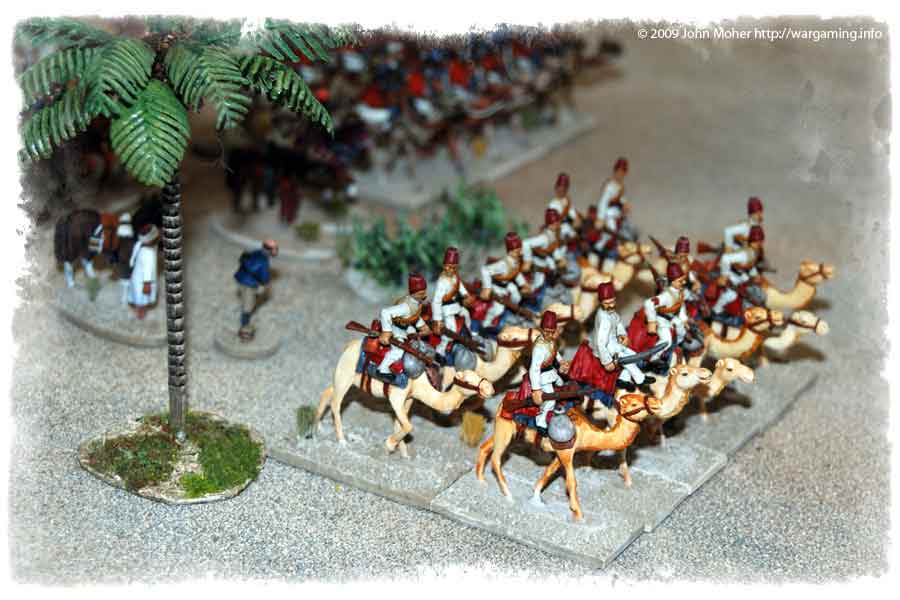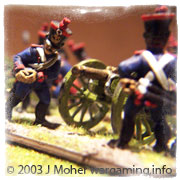Below is a first attempt at an unofficial points system for the Napoleonic game – Lasalle.
Lasalle contains a number of set army lists for the main armies. They provide a great introduction. But they only reflect a fraction of possible lists. Playing the same few army lists repeatedly against each other could get dull fairly quickly.
This points system below tries to address this.
Using this points system and the excellent (and now free) Nafziger army lists, players can construct any number of armies that are consistent in size with the army lists in the Lasalle book.
Continue reading “In Search of Points: Lasalle!”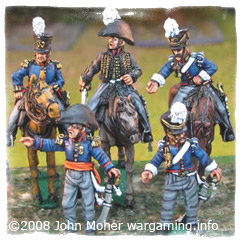
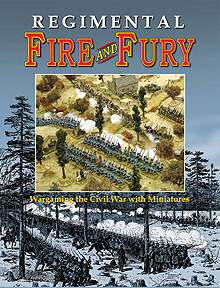
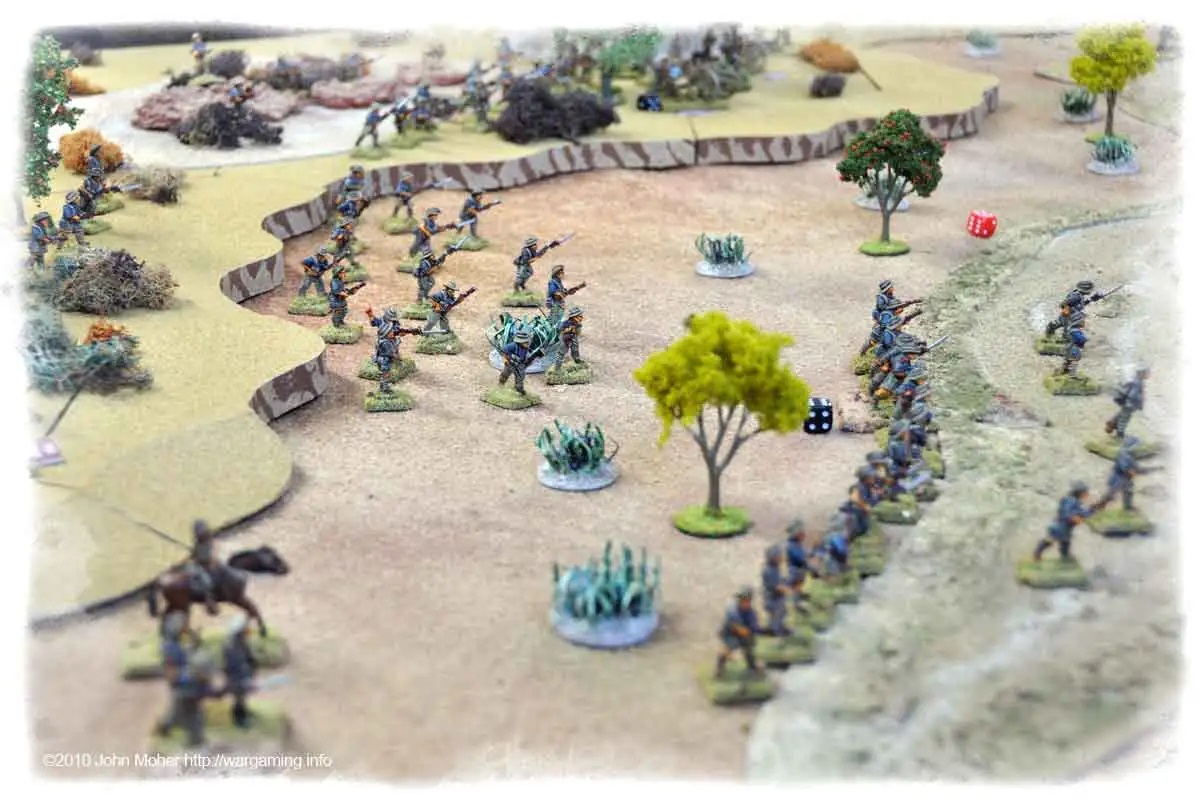
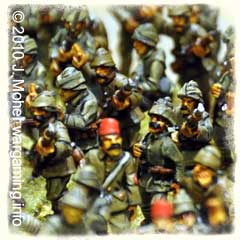
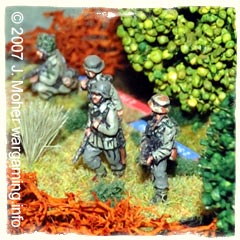
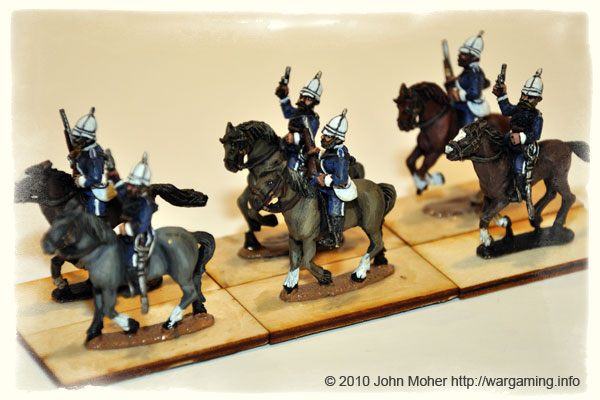
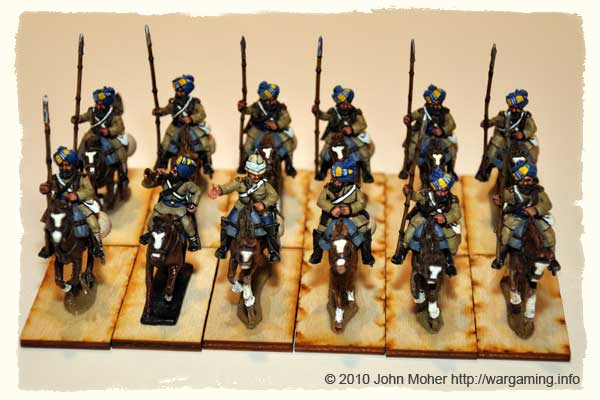
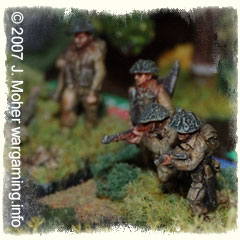
 As mentioned in by blog entry
As mentioned in by blog entry 